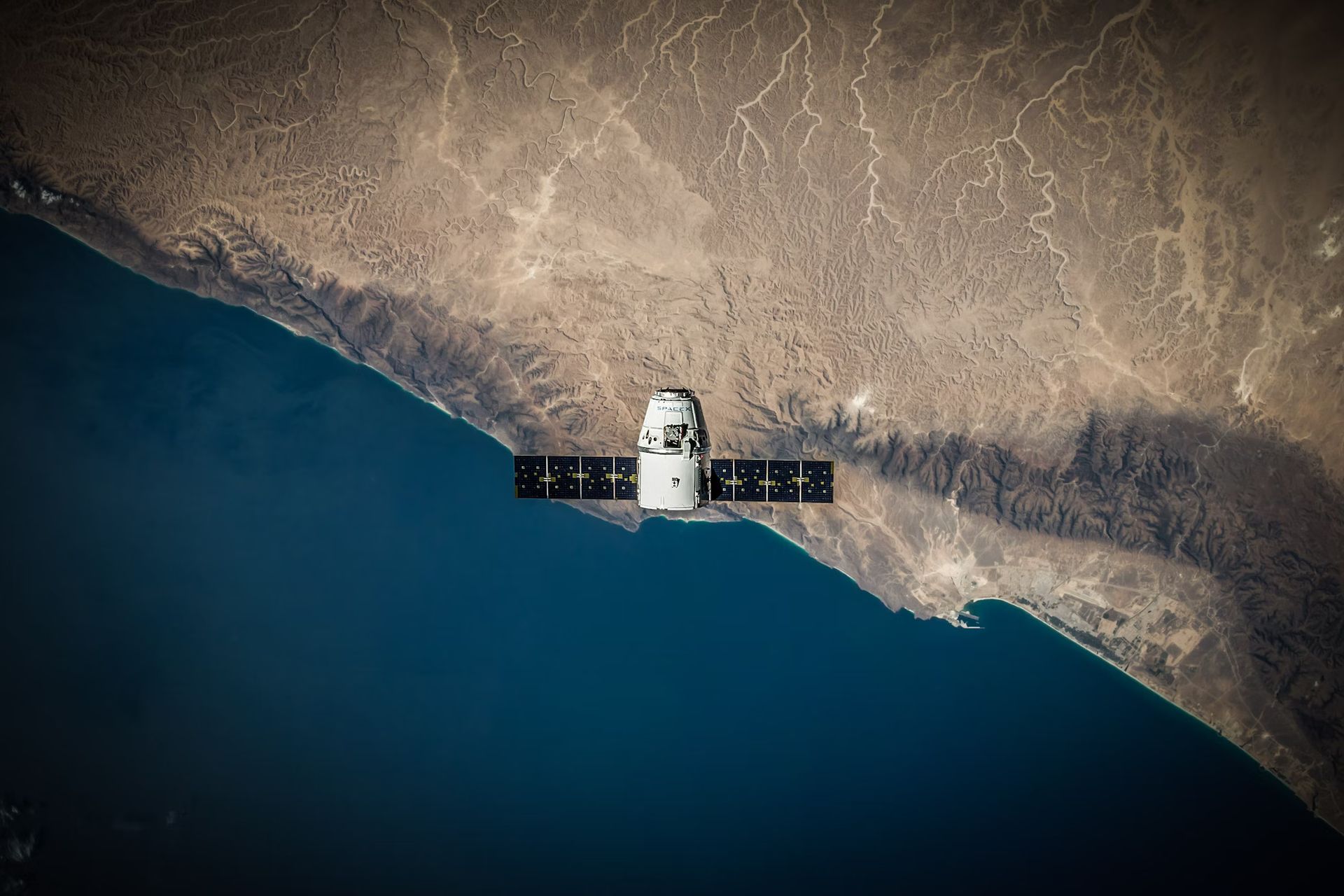and the distribution of digital products.
Here’s why the EU is spending €11B to compete with Starlink

The European Union has finalized a €10.6 billion ($11.1 billion) agreement to establish a satellite network designed to compete with Elon Musk’s Starlink. This initiative will deploy nearly 300 satellites into low- and medium-Earth orbits by 2030, aiming to enhance the bloc’s digital sovereignty by ensuring secure communications for governments.
EU finalizes €10.6 billion satellite network to rival StarlinkThe program, referred to as Iris² (Infrastructure for Resilience, Interconnectivity and Security by Satellite), was first announced in 2022. Initially projected to cost €6 billion, the budget grew by 76% during negotiations, with 61% of the funding sourced from public funds. The remaining finances will come from a consortium known as SpaceRise, which includes major players like the French satellite firm Eutelsat. SpaceRise was selected to manage the operation in October.
In contrast, Elon Musk’s Starlink currently operates approximately 6,000 satellites. The service recently surpassed 4 million subscribers and has secured significant partnerships with companies such as Royal Caribbean and United Airlines. As of late 2024, Starlink is preparing to launch a direct-to-phone service in collaboration with T-Mobile, further expanding its reach and capabilities.
The Iris² project reflects the EU’s growing determination to establish a robust presence in the space communications sector, particularly amid increasing concerns over digital security. The decision to invest heavily in this satellite constellation is rooted in the bloc’s desire to reduce dependency on foreign technology, particularly in critical sectors such as secure communications.
The partnership with SpaceRise is aimed at leveraging both public and private expertise in satellite communications. This collaboration signifies a strategic shift for the EU, one that enables it to develop its own satellite infrastructure capable of delivering connectivity where traditional ground-based services may fall short.
Starlink’s rapid ascent in the satellite internet landscape has provided it with a strong competitive edge. Its fleet of 6,000 satellites has achieved significant coverage and subscriber growth, appealing to various sectors, including maritime and aviation. As Starlink pursues new services like direct-to-phone connectivity in partnership with T-Mobile, its influence in the global satellite arena continues to expand.
The EU’s initiative, however, is distinct in its focus on security and sovereignty. Leaders within the EU recognize the necessity of having autonomous access to secure communications channels, especially for government operations. This long-term vision for a satellite network hopes to address vulnerabilities in existing communication infrastructures, ultimately providing a reliable alternative to existing systems.
Despite its ambitious goals, challenges lie ahead for the Iris² project. The first satellites are not expected to launch until the late 2020s, leaving the EU to compete with a well-established player like Starlink in the coming years. It is still unclear how effectively the EU will be able to position Iris² against a backdrop of ongoing technological advancements and evolving market demands.
Featured image credit: SpaceX/Unsplash
- Home
- About Us
- Write For Us / Submit Content
- Advertising And Affiliates
- Feeds And Syndication
- Contact Us
- Login
- Privacy
All Rights Reserved. Copyright , Central Coast Communications, Inc.